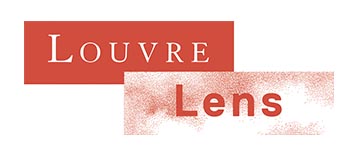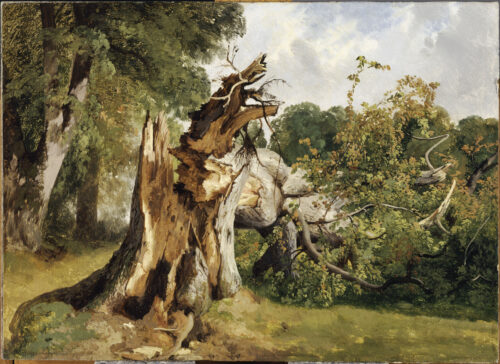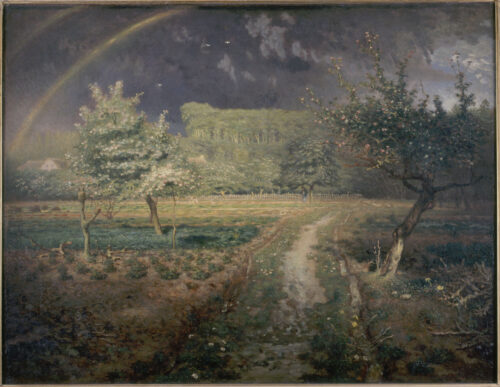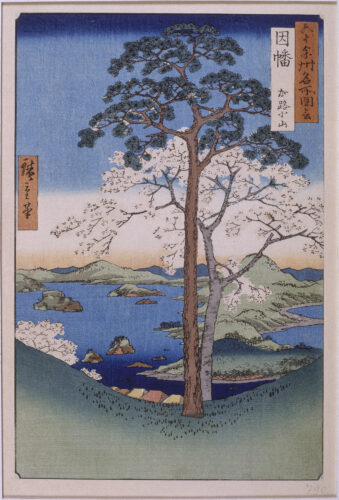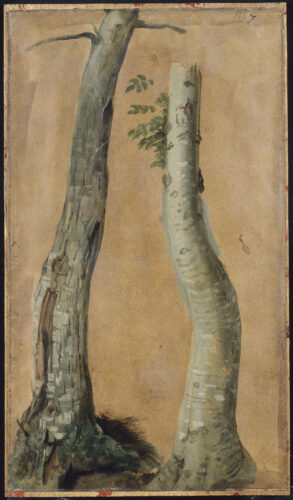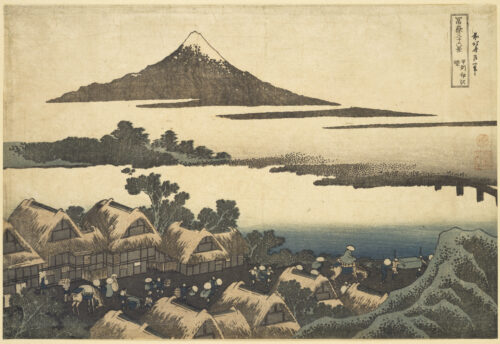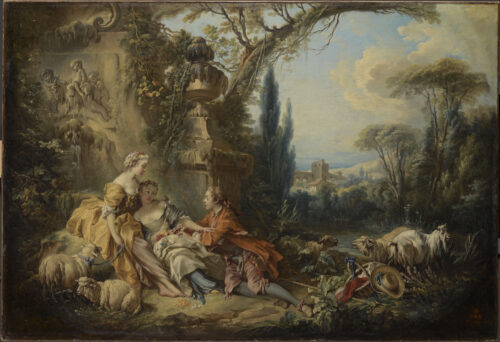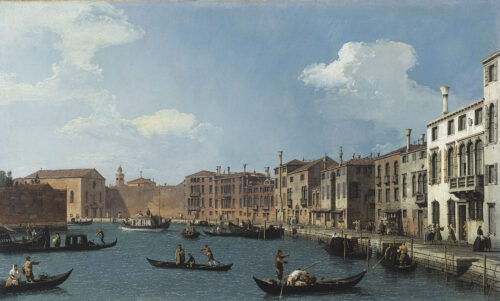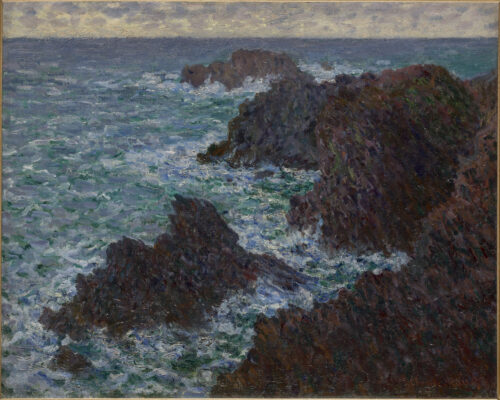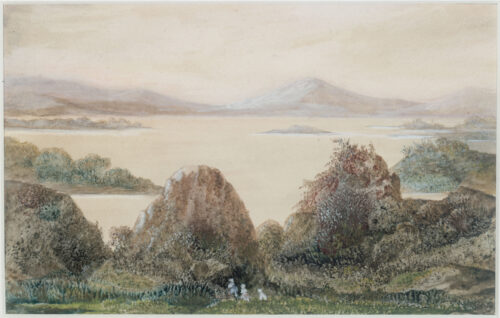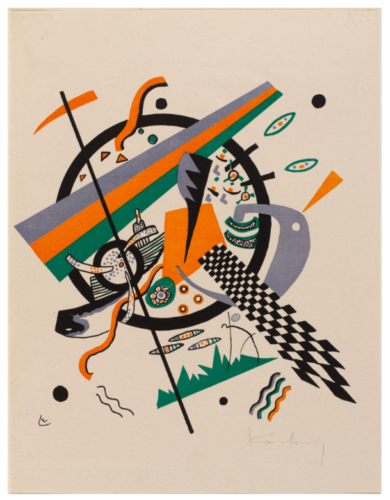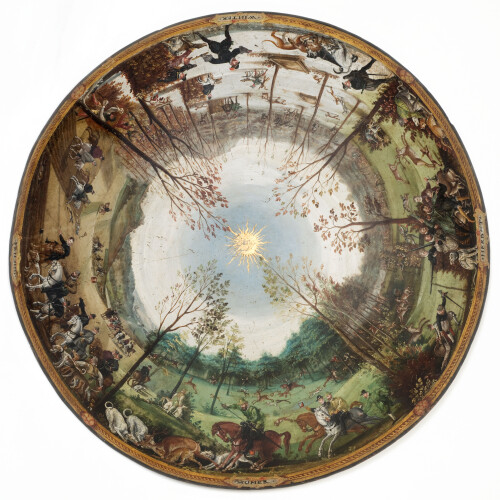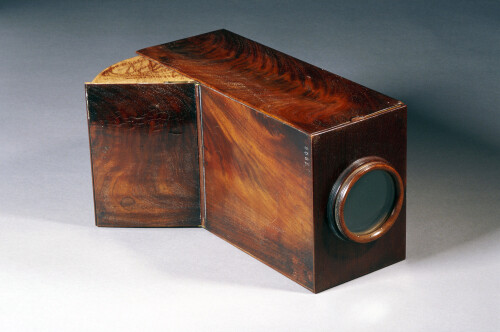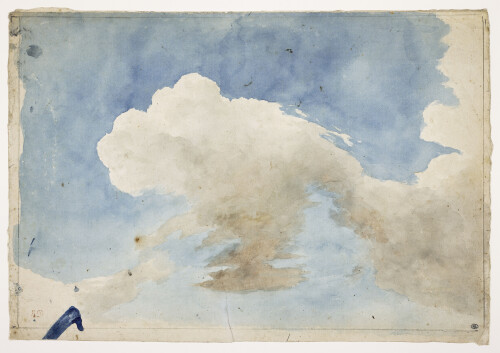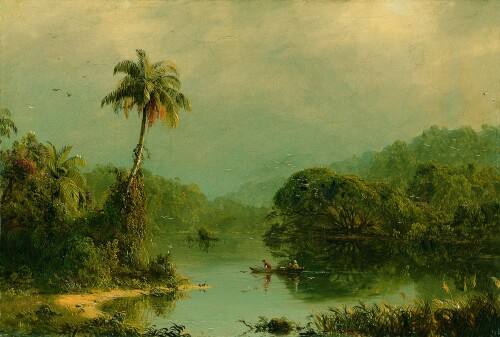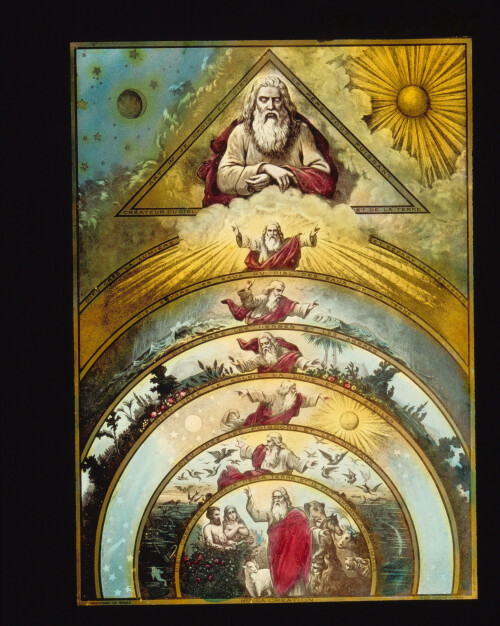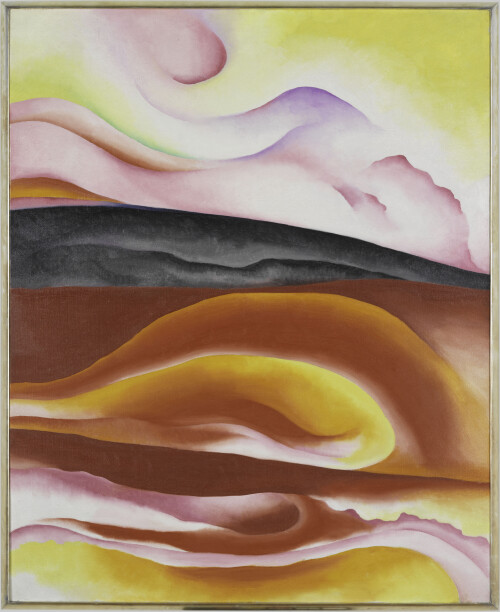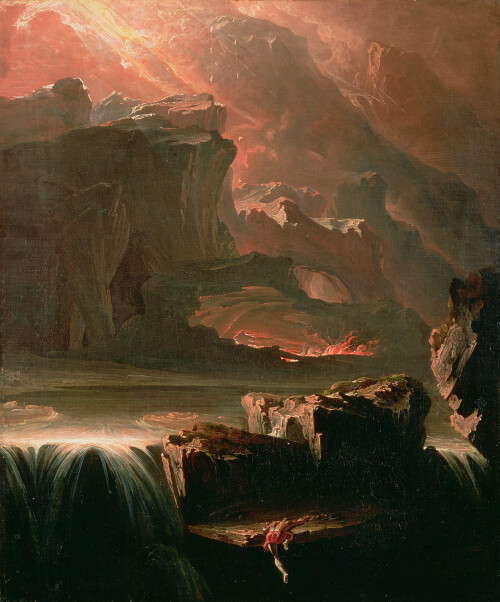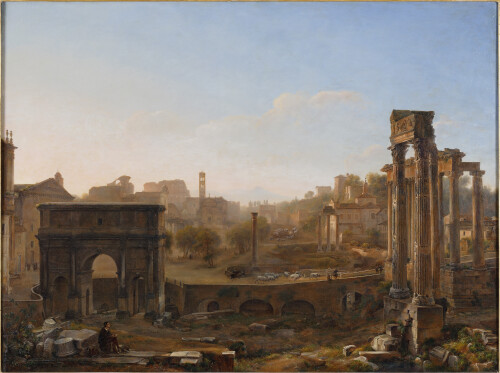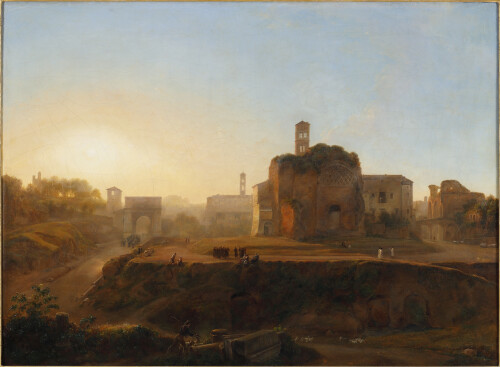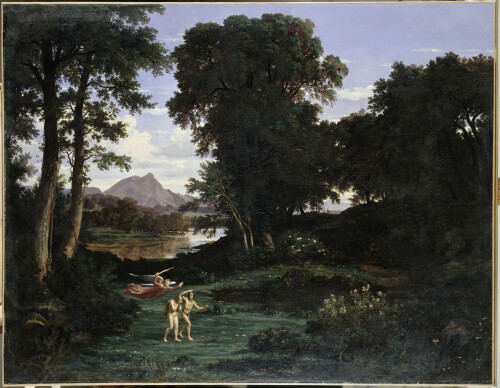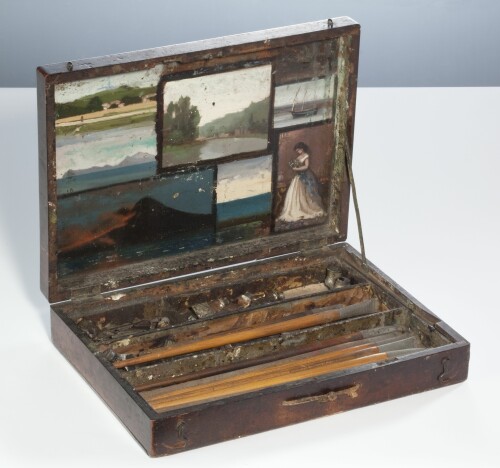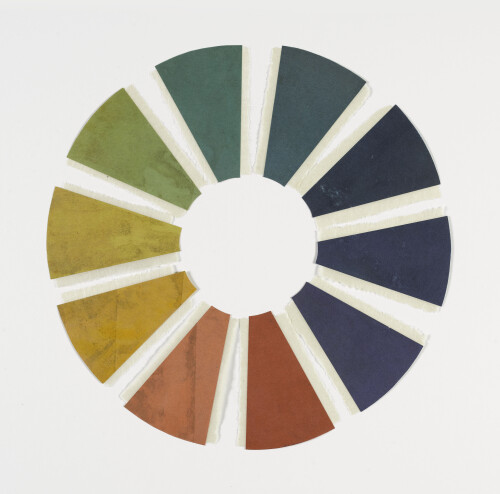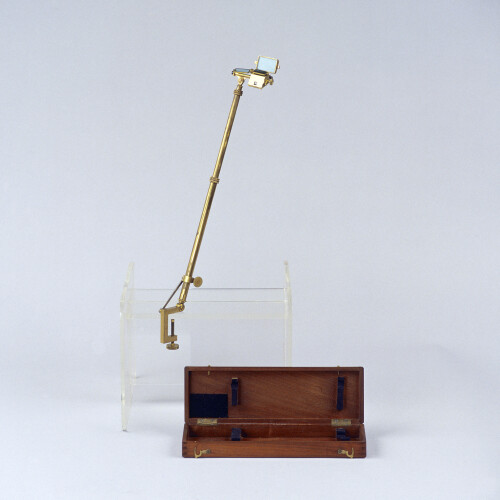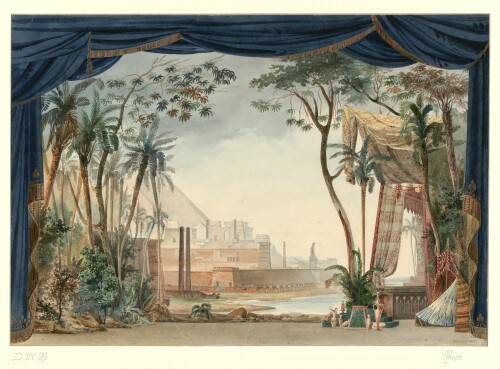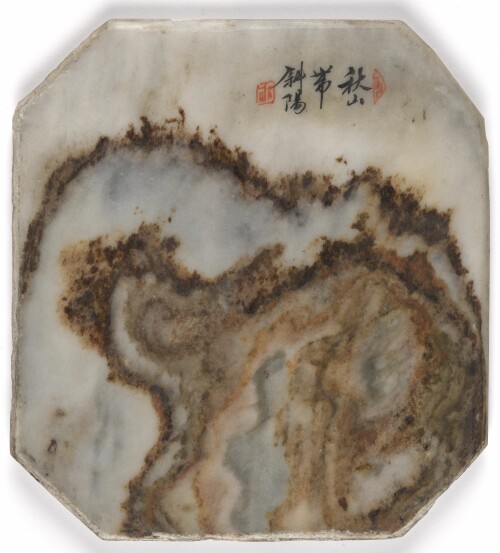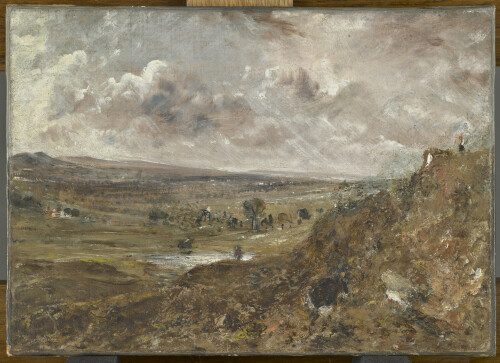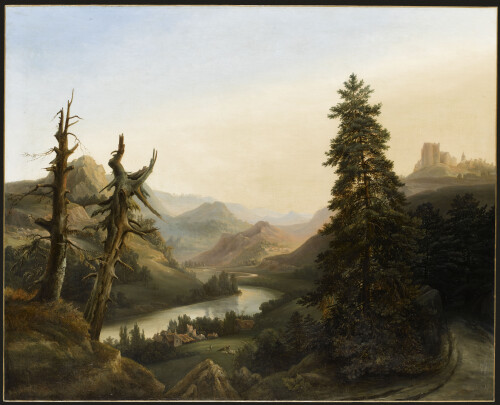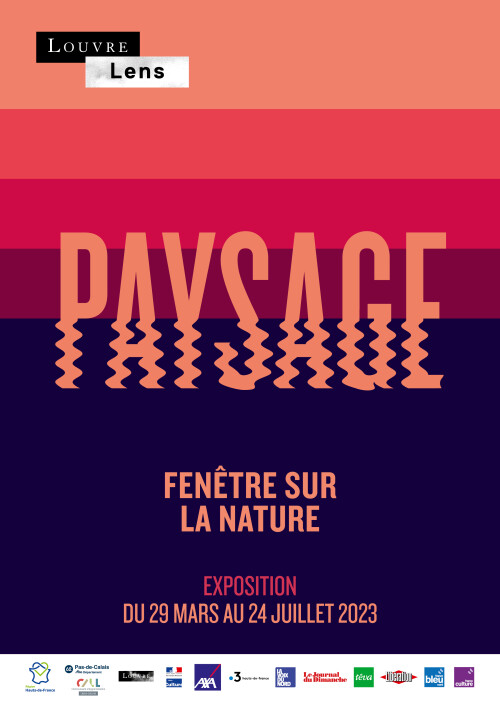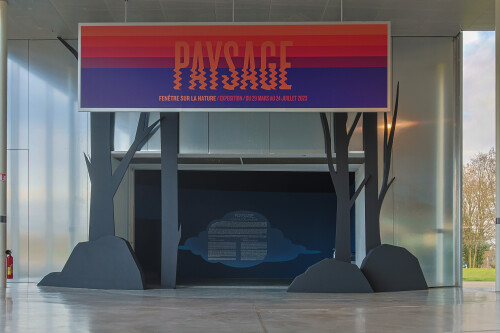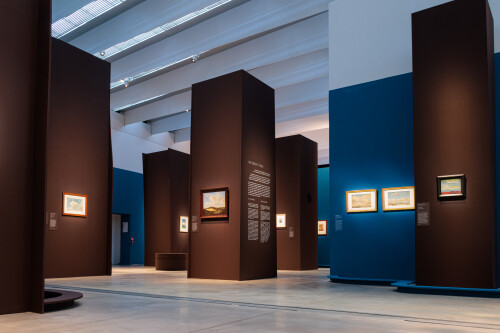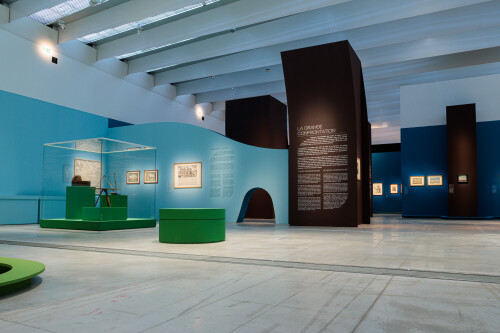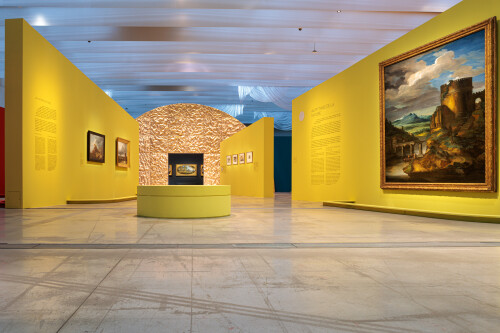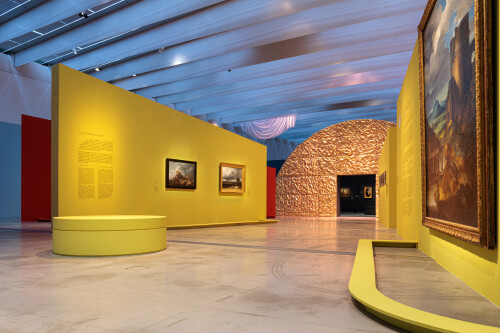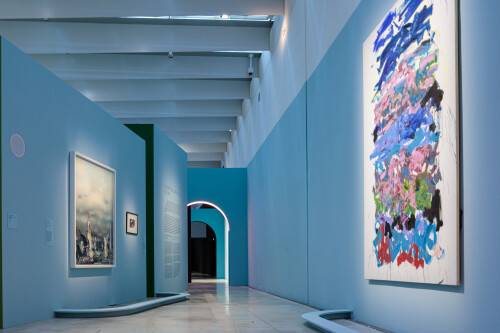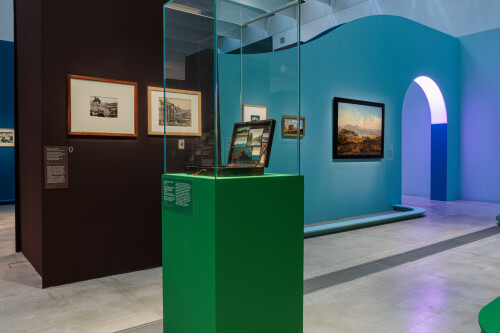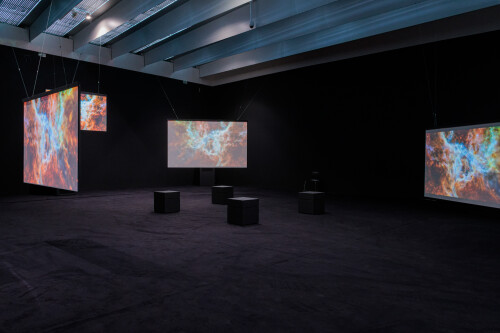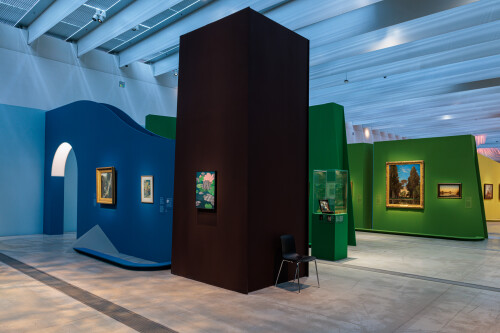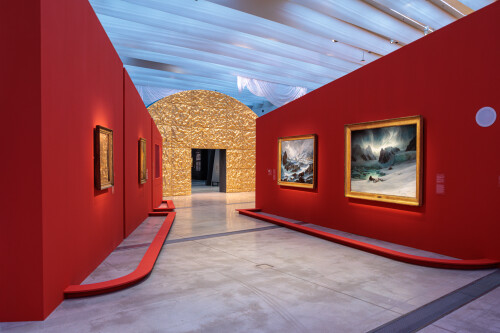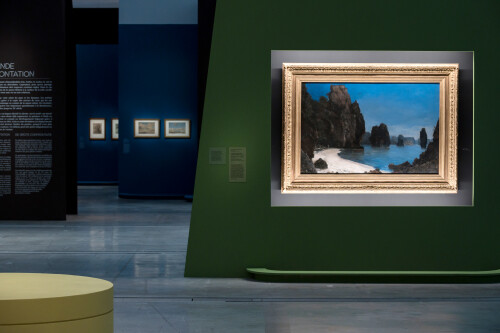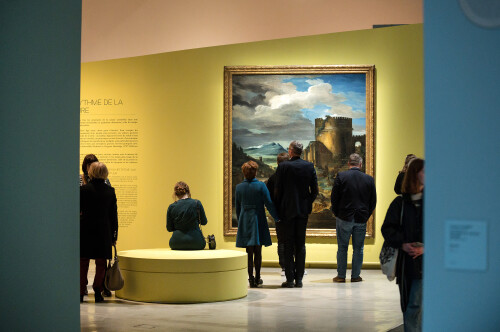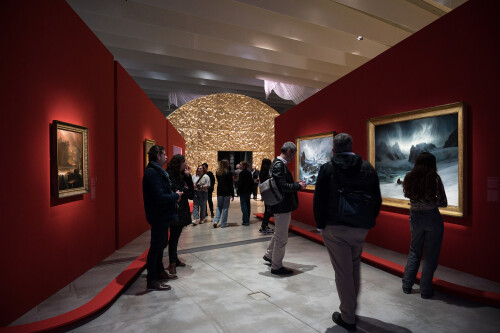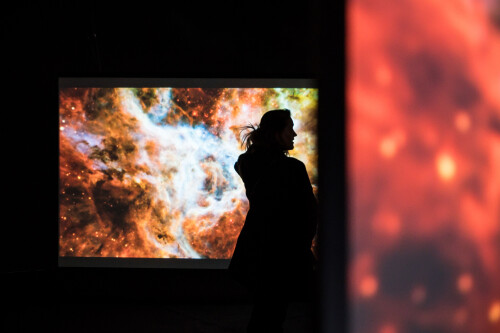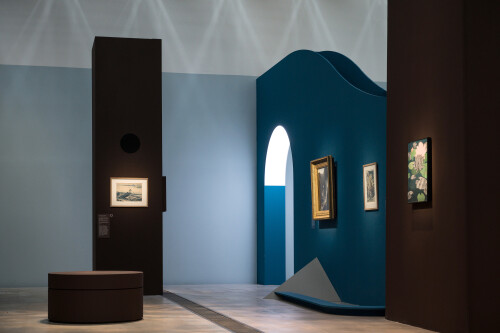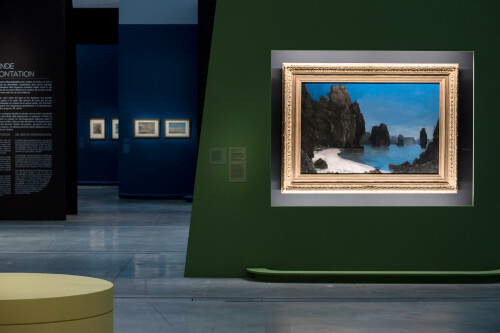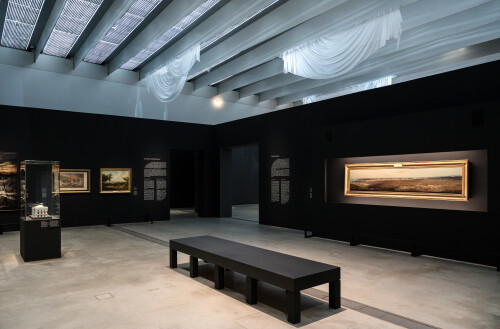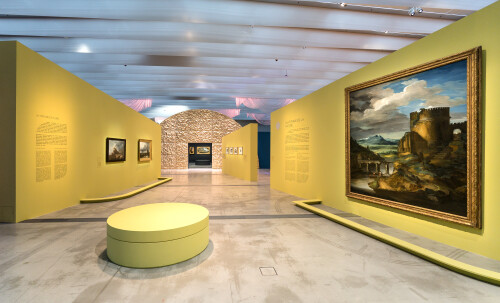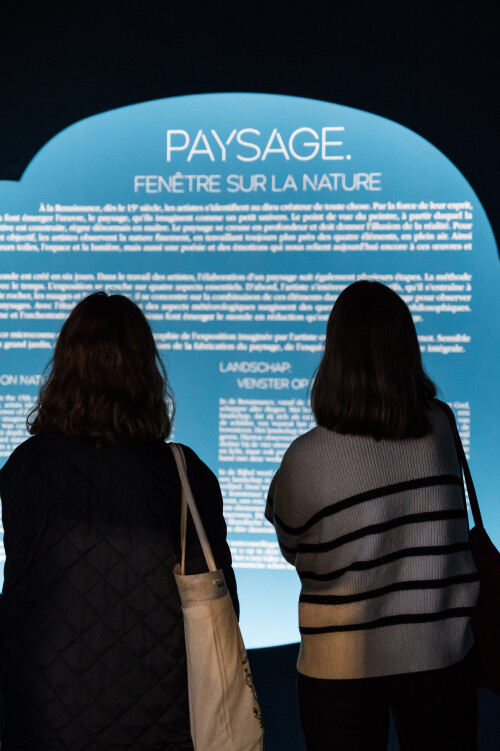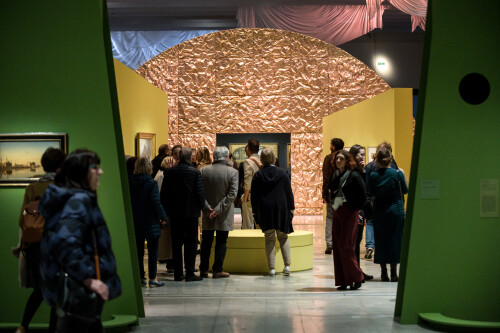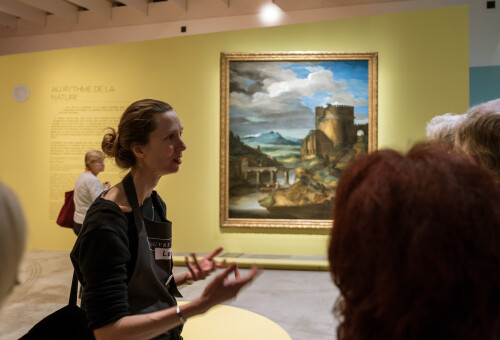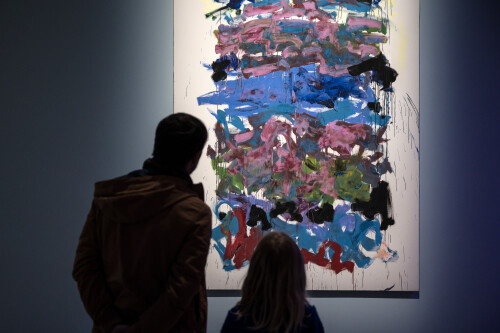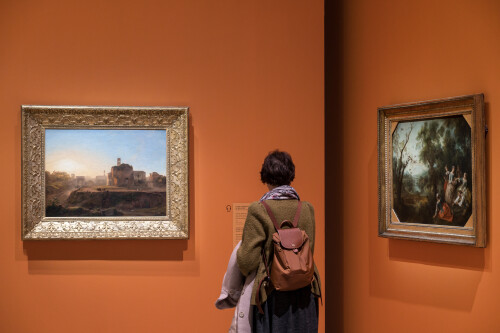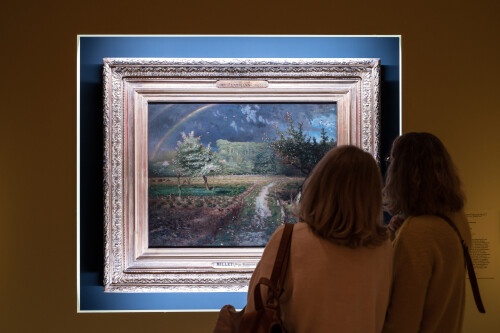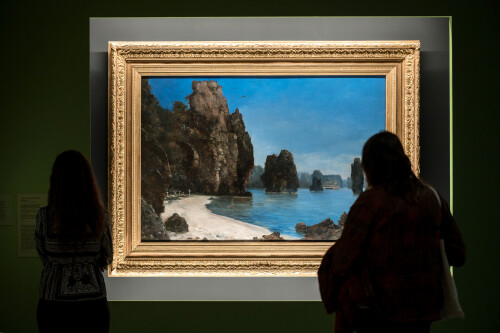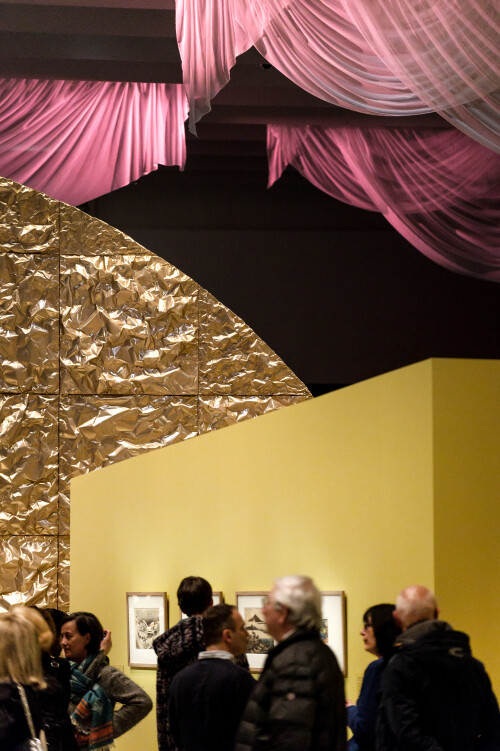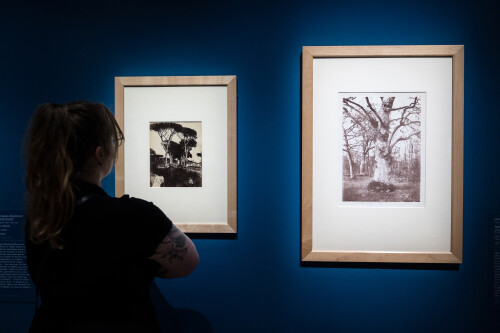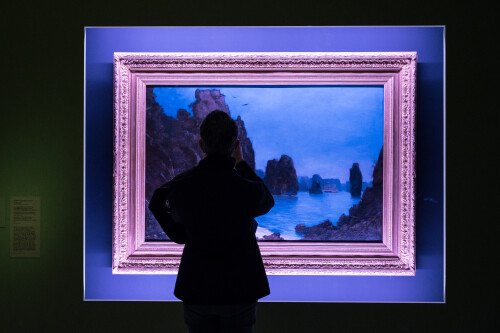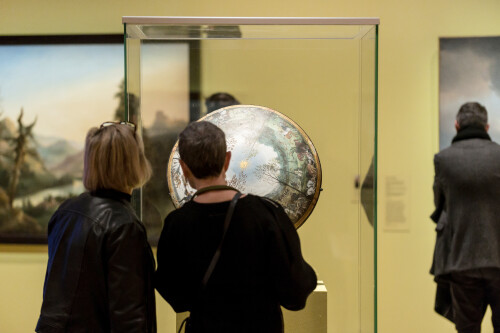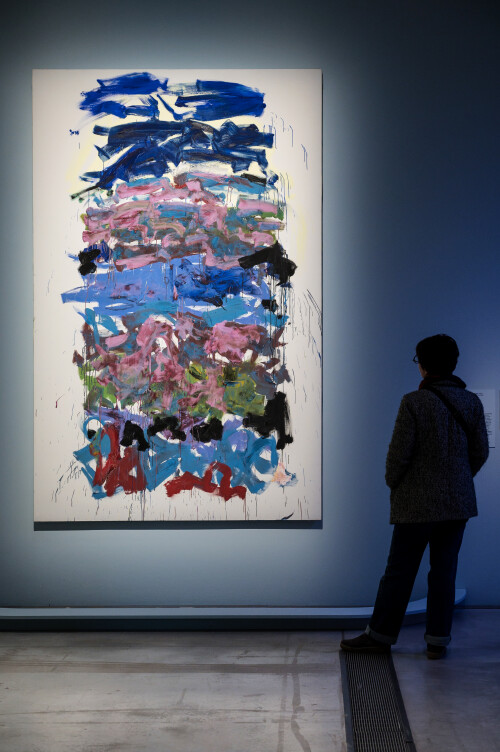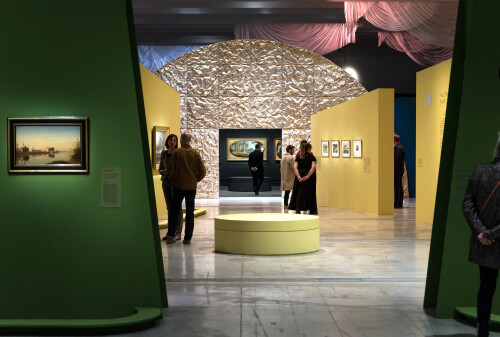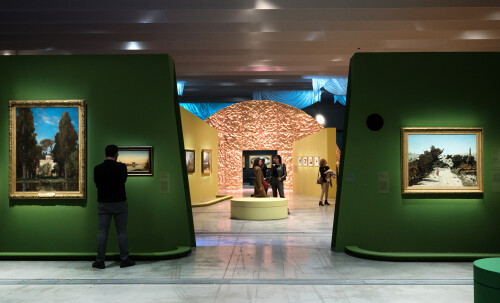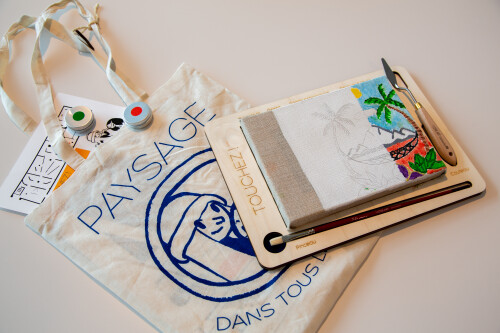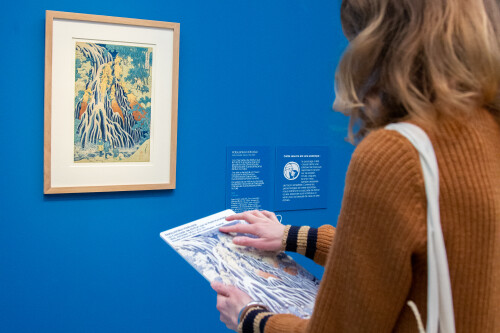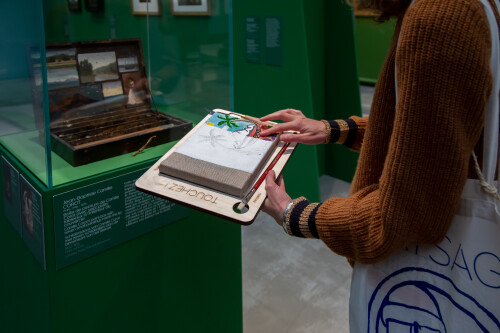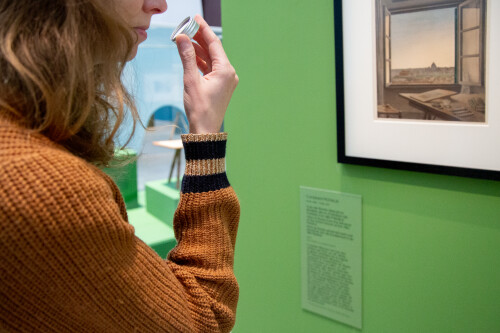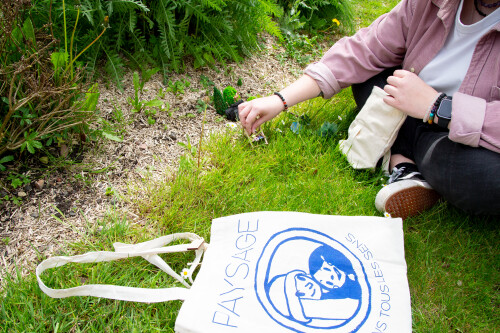PAYSAGE. FENÊTRE SUR LA NATURE
29 MARS - 24 JUILLET 2023
Qu’est-ce qu’un paysage ?
C’est la question que le Louvre-Lens pose dans cette exposition, en l’abordant sous l’angle artistique.
Depuis la Renaissance jusqu’à nos jours, par la peinture, les artistes rejouent à leur manière les mythes de la Création, en représentant ciel, terre, mer, lumière et ténèbres. Les instantanés chatoyants des impressionnistes, les brumes fugitives des peintures de montagne et d’eau chinoises (shanshui), les mille et une vues des estampes japonaises, toutes ces œuvres murmurent des messages faits de clarté et d’ombres.
Ce langage codé trouve son registre dans ce que le 17e siècle a nommé les ornements de la nature : arbres, végétaux, rochers et ruisseaux. Afin de le décrypter, l’exposition plonge aux sources des représentations artistiques et suit l’artiste dans les étapes de son travail, depuis l’esquisse préparatoire jusqu’à l’œuvre achevée. Elle explore ainsi différents types de paysages et de points de vue sur la nature, du petit dessin jusqu’au gigantesque panorama, de la plaine paisible jusqu’aux volcans menaçants, de l’instant éphémère jusqu’à la vision d’éternité, de la figuration jusqu’à l’abstraction.
Les énigmes sont nombreuses : de quels lieux s’agit-il ? Quels outils utilisent les artistes ? Quel est leur rapport aux sciences de leur temps ? Que ressentent-ils face aux sites naturels ?
Riche de plus de 170 œuvres, et de deux espaces cinéma, le parcours invite à pénétrer dans les coulisses de la fabrique du paysage, de Jean Fouquet à Nicolas Poussin, Canaletto, Jean-Honoré Fragonard, Katsushika Hokusai, Utagawa Hiroshige, Camille Corot, John Martin, Catherine Empis, George Sand, Frederic Edwin Church, Jean-François Millet, Claude Monet, Vassily Kandinsky, Georgia O'Keeffe, Nicolas de Staël ou encore Joan Mitchell.
Outre les créations en elles-mêmes – célèbres ou plus inattendues –, l’exposition présente des objets permettant de répondre à ces questions, tels des manuels pédagogiques écrits par les artistes ou des instruments employés en atelier ou en plein air. Tous permettent de suivre les amateurs dans leurs intérieurs où le paysage se fait décor, mais aussi les artistes durant leurs expéditions, dans leurs jardins ou beaucoup plus loin.
Dans notre monde, aujourd’hui totalement métamorphosé par l’activité humaine, les thèmes du paysage et de la nature sont d’une actualité brûlante ; les œuvres les questionnent à leur manière et démontrent, s’il le fallait, à quel point sont liés art et paysage.
Cette exposition s‘inscrit naturellement au Louvre-Lens, dans ce paysage du Bassin minier du Pas-de-Calais radicalement métamorphosé à partir du 18e siècle et désormais inscrit à l’UNESCO en tant que « paysage culturel, évolutif et vivant ». Dessinés par un cabinet d’architecture japonais (Sanaa) et une paysagiste française (Catherine Mosbach), le Louvre-Lens et son parc constituent une nouvelle composante de ce paysage. Ils dialoguent avec les profils des terrils à proximité et les volumes des corons voisins.
Commissariat :
Marie Lavandier
Directrice du Louvre-Lens
Vincent Pomarède
Conservateur général du patrimoine au musée du Louvre
Marie Gord
Chargée de recherches et de documentation au Louvre-Lens
Direction artistique :
Laurent Pernot
Artiste
En collaboration avec
Mathis Boucher
Architecte-scénographe au Louvre-Lens
Scénographie : Un paysage à traverser signé par l’artiste Laurent Pernot
Sensible et immersive, la scénographie est confiée à l’artiste Laurent Pernot et à l’architecte-scénographe du Louvre-Lens, Mathis Boucher. Grâce à des jeux de perspectives et à la présence de sons et de lumières, ils nous invitent à vivre une véritable expérience sensorielle du paysage.
Exposition réalisée avec le soutien du Mécénat des Mutuelles AXA
***
ENGLISH VERSION
LANDSCAPE: A WINDOW ON NATURE
29 MARCH – 24 JULY 2023
What is a landscape?
This is the question asked by this exhibition at the Louvre-Lens, approached from the perspective of art.
From the Renaissance to the present day, artists have been revisiting Creation myths in their own way through painting, by representing the sky, earth, sea, light and darkness. The shimmering moments captured by the Impressionists, the fleeting mist in Chinese paintings of mountains and water (shanshui), the thousand and one views of Japanese woodblock prints – all of these works whisper messages made up of light and shadow.
In the 17th century, this codified language found its register in what were known as ‘the ornaments of nature’: trees, plants, rocks and streams. In order to decipher it, this exhibition goes back to the sources of representations in art and follows artists through the various stages in their work, from the preparatory sketch to the finished work. In the process, it explores different types of landscape and views of nature, from the small drawing to the gigantic panorama, from the peaceful plain to menacing volcanoes, from the fleeting instant to the vision of eternity, from figuration to abstraction.
There are many mysteries: What places are these? What tools did artists use? What was their relationship to the science of their time? What did they feel in contact with natural sites?
Featuring 170 works, and two film theatres, the exhibition invites visitors behind the scenes in the creation of landscapes, from Nicolas Poussin to Canaletto, Jean-Honoré Fragonard, Katsushika Hokusai, Utagawa Hiroshige, Camille Corot, John Martin, Catherine Empis, George Sand, Frederic Edwin Church, Jean-François Millet, Claude Monet, Wassily Kandinsky, Georgia O’Keeffe, Nicolas de Staël and Joan Mitchell.
In addition to the creations themselves – famous and more unexpected – the exhibition includes objects that make it possible to answer these questions, such as pedagogical manuals written by artists and tools used in the studio and outdoors. They make it possible to follow art lovers into their homes, where landscape depictions were a decorative feature, and artists during their expeditions, in their gardens and further afield.
The themes of the landscape and the still life remain very topical in today’s world, which has been totally transformed by human activity; works of art explore them and show to what extent art and landscape are interlinked.
The Louvre-Lens is a fitting location for this exhibition. It is set amid the mining landscape of the Pas-de-Calais, which was radically transformed in the 18th century and is now a UNESCO ‘cultural, evolving and living landscape’. Designed by the Japanese architectural firm (Sanaa) and a French landscape designer (Catherine Mosbach), the Louvre-Lens and its park form a new component in this landscape. They create a dialogue with the forms of the nearby slag heaps and the volumes of the neighbouring miners’ homes.
Curators:
Marie Lavandier
Director of the Louvre-Lens
Vincent Pomarède
General heritage curator at the Musée du Louvre
Marie Gord
Research and documentation assistant at the Louvre-Lens
Artistic director:
Laurent Pernot
Artist
In collaboration with
Mathis Boucher
Architect and exhibition designer at the Louvre-Lens
Exhibition organised with the support of the Mécénat des Mutuelles AXA
